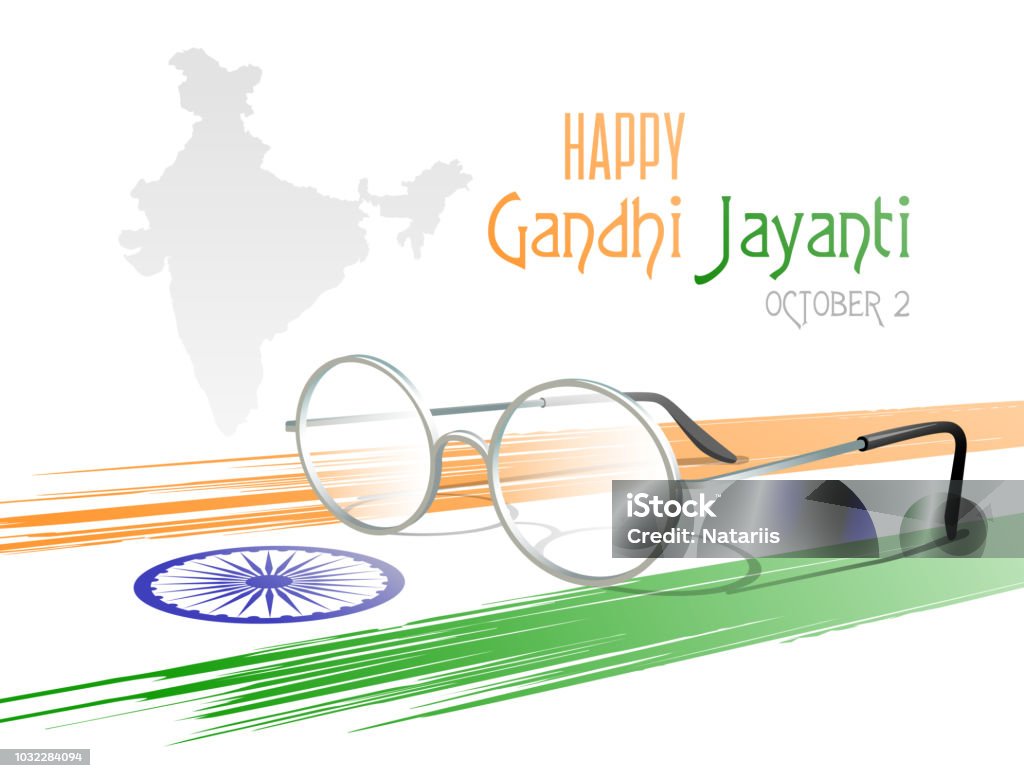The Competition Act, 2002: An Overview
- Post By PoliticIndia.com on
- 2014-06-21 01:17:59
Ashutosh Kumar M.A. (Economics), JNU
The Competition law and policy in India although is of recent origin however reminiscent of the same may be seen from the Monopolies and Restrictive Trade Practices (MRTP) Act, 1969. With subsequent developments in the Indian economy, there were nine amendments to the MRTP Act before it was finally repealed by the Competition Act. Out of these nine amendments, the amendments of 1984 and 1991 are significant. After 1884 amendments, the MRTP Act included provisions for the protection of consumers against false or misleading advertisements also. After 1991 amendments, the thrust of the Act shifted to curbing monopoly and restricted trade pracctices to preserve competition in the economy and safeguard the interests of consumers. These amendments were made in order to make this Act in line with the international economic environment. After 1991 economic reform it was felt that MRTP Act is inadequate to effectively deal with antitrust issues. Thus, in October, 1999, the Government of India appointed,Raghavan Committee, to advise a modern competition law for the country in line with international developments and to suggest a legislative framework which may entail a new law or appropriate amendments to the MRTP Act. The Committee presented its competition policy report to the government on May 22, 2000. The competition law was drafted and presented to the government in November, 2000. After some refinements, following extensive consultations and discussions with all interested parties, the Parliament passed the new law, namely, the Competition Act, 2002.
In order to discharge above functions and to curb the negative aspects of the competition this legislation provides an institution called Competition Commission of India (CCI). CCI has the power to perform different kinds of functions, including passing of interim orders and even awarding compensation and imposing penalty. Under the scheme of the Act, this Commission is vested with inquisitorial, investigative, regulatory, adjudicatory and to a limited extent even advisory jurisdiction.
The implementation of the Act was stalled by public interest litigation (Mr. Brahm Dutt v. Union of India) relating to certain issues concerning the Competition Commission of India. The essential challenge in the writ was that the Competition Commission envisaged by the Act has adjudicatory powers and that in the background of the doctrine of separation of powers, the Chairman of the Commission had necessarily to be a retired Chief Justice or Judge of the Supreme Court or of a High Court. The Supreme Court in its interim order dated 31.10.2003 stayed the judicial functioning of the Commission and the operation of Rule 3 of the Competition Commission of India which deals with the Selection of Chairperson and other Members of the Commission. The Government then submitted before the Supreme Court that it intended to bring about certain changes in the Competition Act, in the light of the issues raised in the Writ Petition. The Supreme Court delivered its judgment in the matter on 20.1.2005. The court had ordered that it might be appropriate if two bodies are created for performing two kinds of functions, one, advisory and regulatory and other adjudicatory.
Accordingly, taking into account the orders of the Supreme Court, the submissions made by the Government before the Court, and consultations with various Ministries, the Competition (Amendment) Bill 2006 was drafted and introduced in the Parliament in 9th March 2006. It was subsequently amended by the Competition (Amendment) Act, 2007. In accordance with the provisions of the Amendment Act, the Competition Commission of India and the Competition Appellate Tribunal have been established. The appellate tribunal has since been constituted and is headed by a retired Supreme Court judge. The commission was also re-constituted on February 28, 2009, as an autonomous independent body comprising of a Chairperson and six Members.
The Act's objective is to prevent practices having adverse effect on competition, to promote and sustain competition in markets, to protect the interests of consumers and to ensure freedom of trade carried on by other participants in markets.
Main pillars of Competition Act, 2002
Although, the Competition Act, 2002, contains 66 sections, the main pillars of the act are following 4 areas:
- Anti-competitive agreements (section 3 of the Act),
- Abuse of dominance (section 4 of the Act)
- Combinations regulation (merger and alliance etc) (sections 5 & 6 of the Act).
- Competition advocacy (section 49 of the Act)
Sections 3 and 4 of the Act, relating to anti-competitive agreements and abuse of dominance were notified in May, 2009, while Sections 5 and 6 of the Act relating to mergers and acquisitions, were notified from June 1, 2011. The competition law enforcement regime in India has thus fully come into force.
Section 3 of the Competition Act, 2002 prohibits any agreement with respect to production, supply, distribution, storage, and acquisition or control of goods or services, which causes or is likely to cause an appreciable adverse effect on competition within India. And section 4 of Competition Act, 2002 prohibits abuse of dominant position by an enterprise or a group of enterprises. The Act defines dominant position in terms of a position of strength enjoyed by an enterprise, in the relevant market in India, which enables it to: (i) operate independently of the competitive forces prevailing in the relevant market; or (ii) affect its competitors or consumers or the relevant market in its favour. In addition, the act also mandates CCI to undertake competition advocacy to promote competition, create awareness, and impart training about competition issues.
While discharging its duties, the Commission's objectives are to prevent practices having adverse effect on competition, promote and sustain competition in market, protect the interests of consumers and ensure freedom of trade. To achieve its objective, CCI endeavours to:
- Make the markets work for the benefit and welfare of consumers.
- Ensure fair and healthy competition in economic activities in the country for faster and inclusive growth and development of economy.
- Implement competition policies with an aim to effectuate the most efficient utilization of economic resources.
- Develop and nurture effective relations and interactions with sectoral regulators laws in tandem with the competition law.
Procedure of handling a Complaint in the Commission:
The procedure of handling case or complaint may be divided in following five steps:
Step 1. Complaint filed with CCI
Step 2. six members and chairman take a call if it is worth looking into
Step 3. If found worthy, the complaint is carried forward if not then it is dismissed
Step 4. If found worthy the case is sent to CCI's investigation wing
Step 5. CCI's investigation wing usually files its report within six months
Step 6. Based on this report and representations from the parties to the case, the members and chairman take a decision.
The consequences of contravention of Competition Act:
The consequence of contravention of competition Act, 2002, can be explained through following examples:
| Infringement | Fine/Penalty |
Who is liable? |
|
|
|
|
|
|
|
|
|
|
|
|







